10g
Showing 3801–3850 of 4637 results
-
Norcantharidin
$179.40 Add to cart View Product DetailsMolecular Formula : C8H8O4
-
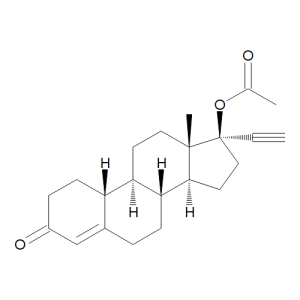
Norethindrone Acetate
$181.99 Add to cart View Product DetailsMolecular Formula : C22 H28 O3
-

Norfloxacin Nicotinate
$69.86 Add to cart View Product DetailsMolecular Formula : C16H18FN3O3 . C6H5NO2
-
Nortriptyline N-Ethyl Carbamate
$1,688.78 Add to cart View Product DetailsMolecular Formula : C22 H25 N O2
-
Novaluron
$1,501.61 Add to cart View Product DetailsMolecular Formula : C17 H9 Cl F8 N2 O4
-
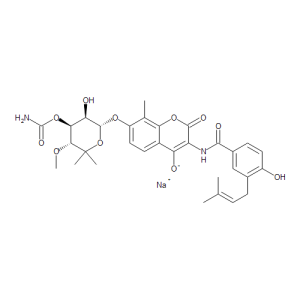
Novobiocin Sodium Salt
$530.44 Add to cart View Product DetailsMolecular Formula : C31 H35 N2 O11 . Na
-

NT-4, Mouse
$86.25 Add to cart View Product DetailsNeurotrophin-4 (NT-4), also known as NT-5, is a neurotrophic factor structurally related to β-NGF, BDNF, and NT-3. Human NT-4 shares 48 – 52% aa sequence identity with human β-NGF, BDNF, and NT-3. Neurotrophins have six conserved cysteine residues that are involved in the formation of three disulfide bonds. NT-4 is expressed highest levels in prostate, lower levels in thymus, placenta, and skeletal muscle. NT-4 binds and induces receptor dimerization and activation of TrkB. NT-4 can signal through TrkB receptors and promotes the survival of peripheral sensory sympathetic neurons.
-
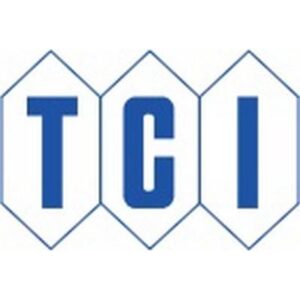
Nuclear Fast Red
$412.55 Add to cart View Product DetailsNuclear Fast Red
-

Nutriacholic Acid
$1,164.38 Add to cart View Product DetailsMolecular Formula : C24 H38 O4
-
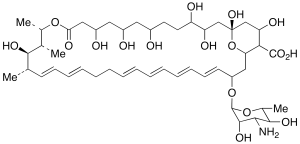
Nystatin, >70% A3
$81.08 Add to cart View Product DetailsMolecular Formula : C47H75NO17
-

O-(2,4-Dinitrophenyl)hydroxylamine
$176.81 Add to cart View Product DetailsMolecular Formula : C6H5N3O5
-
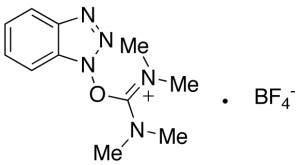
O-(Benzotriazol-1-yl)-N,N,N’,N’-tetramethyluronium Tetrafluoroborate
$100.91 Add to cart View Product DetailsMolecular Formula : C11H16BF4N5O
-
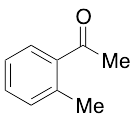
o-Acetyltoluene
$122.48 Add to cart View Product DetailsMolecular Formula : C9H10O
-

O-Benzyl-L-tyrosine Benzyl Ester Hydrochloride
$214.76 Add to cart View Product DetailsMolecular Formula : C23 H23 N O3 . H Cl
-

O-Benzylhydroxylamine Hydrochloride
$78.49 Add to cart View Product DetailsMolecular Formula : C7 H9 N O . HCl
-

o-Carbomethoxybenzyl Sulfonamide
$78.49 Add to cart View Product DetailsMolecular Formula : C9H11NO4S
-
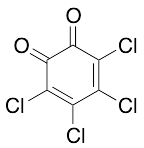
o-Chloranil
$182.85 Add to cart View Product DetailsMolecular Formula : C6Cl4O2
-

o-Iodohippuric Acid
$942.71 Add to cart View Product DetailsMolecular Formula : C9 H8 I N O3
-

O-Isopropyl Ethylthiocarbamate
$335.51 Add to cart View Product DetailsMolecular Formula : C6 H13 N O S
-
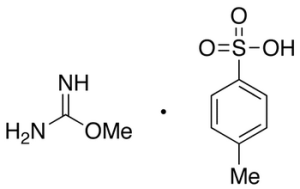
O-Methyliso Urea Tosylate Salt
$1,133.33 Add to cart View Product DetailsMolecular Formula : C9H14N2O4S
-
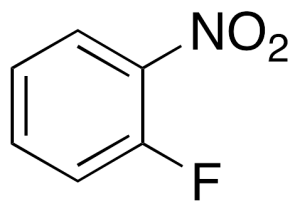
o-Nitrofluorobenzene
$124.20 Add to cart View Product DetailsMolecular Formula : C6H4FNO2
-
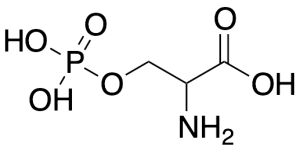
O-Phospho-DL-serine
$171.64 Add to cart View Product DetailsMolecular Formula : C3H8NO6P
-

O-Terphenyl
$62.96 Add to cart View Product DetailsMolecular Formula : C18 H14
-

o-tert-Butyl-p-cresol
$176.81 Add to cart View Product DetailsMolecular Formula : C11 H16 O
-

O-Toluoyl Chloride
$144.04 Add to cart View Product DetailsMolecular Formula : C8H7ClO
-

o-Tolyl Cyanide
$176.81 Add to cart View Product DetailsMolecular Formula : C8 H7 N
-
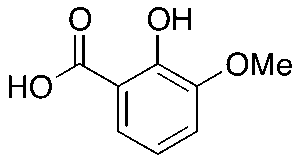
o-Vanillic Acid
$166.46 Add to cart View Product DetailsMolecular Formula : C8H8O4
-
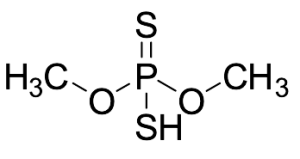
O,O-Dimethyl Dithiophosphate
$1,137.64 Add to cart View Product DetailsMolecular Formula : C2H7O2PS2
-

O,O-Dimethyl Phosphorothionate Ammonium Salt
$1,581.83 Add to cart View Product DetailsMolecular Formula : C2 H6 O3 P S . H4 N
-

Obidoxime Chloride
$1,511.96 Add to cart View Product DetailsMolecular Formula : C14 H16 N4 O3 . 2 Cl
-

Octadecanaldehyde
$1,690.50 Add to cart View Product DetailsMolecular Formula : C18H36O
-
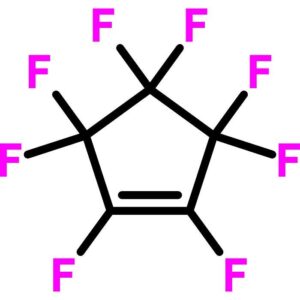
Octafluorocyclopentene
$287.67 Add to cart View Product DetailsOctafluorocyclopentene
-
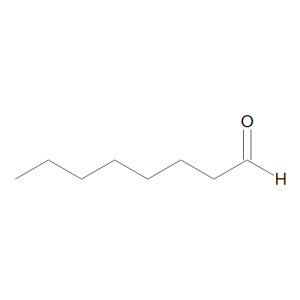
Octanal
$94.88 Add to cart View Product DetailsMolecular Formula : C8 H16 O
-

Octanoyl Chloride
$83.66 Add to cart View Product DetailsMolecular Formula : C8H15ClO
-

Octinoxate
$67.28 Add to cart View Product DetailsMolecular Formula : C18 H26 O3
-

Octocrylene
$142.31 Add to cart View Product DetailsMolecular Formula : C24 H27 N O2
-

Octyl b-D-Thioglucopyranoside
$182.85 Add to cart View Product DetailsMolecular Formula : C14 H28 O5 S
-

Octyl beta-D-Glucopyranoside
$461.44 Add to cart View Product DetailsMolecular Formula : C14 H28 O6
-

Octyltriphenylphosphonium Bromide
$154.39 Add to cart View Product DetailsMolecular Formula : C26H32BrP
-

Ofloxacin
$142.31 Add to cart View Product DetailsMolecular Formula : C18 H20 F N3 O4
-
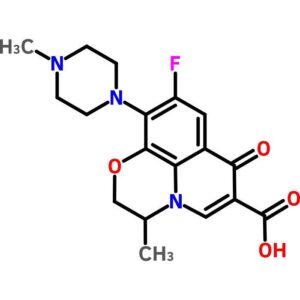
Ofloxacin
$377.99 Add to cart View Product DetailsOfloxacin
-

Oleuropein, 75%
$357.08 Add to cart View Product DetailsMolecular Formula : C12 H17 O7
-

Olivetol
$144.04 Add to cart View Product DetailsMolecular Formula : C11 H16 O2
-
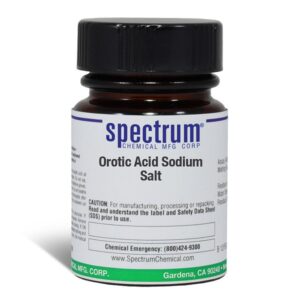
Orotic Acid Sodium Salt
$228.78 Add to cart View Product DetailsOrotic Acid Sodium Salt
-

Orphenadrine Citrate Salt
$257.03 Add to cart View Product DetailsMolecular Formula : C18 H23 N O . C6 H8 O7
-

OSM (209aa), Human
$86.25 Add to cart View Product DetailsOncostatin M (OSM) is a multifunctional cytokine, and belongs to Interleukin-6 (IL-6) subfamily, which also includes IL-11, leukemia inhibitory factor (LIF), ciliary neurotropic factor, cardiotrophin-1, and novel neurotropin-1. In vivo, OSM is secreted from activated T cells, monocytes, neutrophils, and endothelial cells. OSM is related to LIF, and shares a receptor with LIF in human. Human OSM can bind to gp130 and recruit OSM Receptor β or LIF Receptor β to form a ternary complex. OSM stimulates the growth of different types of cells, including megakaryocytes, fibroblasts, vascular endothelial cells, and T cells. OSM inhibits the proliferation of several cancer cell lines, such as solid tissue tumor cells, lung cancer cells, melanoma cells, and breast cancer cells.
-

OSM (227aa), Human
$86.25 Add to cart View Product DetailsOncostatin M (OSM) is a multifunctional cytokine, and belongs to Interleukin-6 (IL-6) subfamily, including IL-11, leukemia inhibitory factor (LIF), ciliary neurotropic factor, cardiotrophin-1, and novel neurotropin-1. In vivo, OSM is secreted from activated T cells, monocytes, neutrophils, and endothelial cells. OSM is related to LIF, and share a receptor with LIF in human. Human OSM can bind to gp130 and recruit OSM Receptor β or LIF Receptor β to form a ternary complex. OSM stimulates the growth of different types of cells, including megakaryocytes, fibroblasts, vascular endothelial cells, and T cells. On the other hand, OSM inhibits the proliferation of several cancer cell lines, such as solid tissue tumor cells, lung cancer cells, melanoma cells, and breast cancer cells.
-

OSM, Mouse
$86.25 Add to cart View Product DetailsOncostatin M (OSM) is a multifunctional cytokine, and belongs to Interleukin-6 (IL-6) subfamily, which also includes IL-11, leukemia inhibitory factor (LIF), ciliary neurotropic factor, cardiotrophin-1, and novel neurotropin-1. In vivo, OSM is secreted from activated T cells, monocytes, neutrophils, and endothelial cells. OSM is related to LIF, and shares a receptor with LIF in human. Human OSM can bind to gp130 and recruit OSM Receptor β or LIF Receptor β to form a ternary complex. OSM stimulates the growth of different types of cells, including megakaryocytes, fibroblasts, vascular endothelial cells, and T cells. OSM inhibits the proliferation of several cancer cell lines, such as solid tissue tumor cells, lung cancer cells, melanoma cells, and breast cancer cells.
-

OSM, Mouse(HEK 293-expressed)
$86.25 Add to cart View Product DetailsOncostatin M (OSM) is a multifunctional cytokine, and belongs to Interleukin-6 (IL-6) subfamily, which also includes IL-11, leukemia inhibitory factor (LIF), ciliary neurotropic factor, cardiotrophin-1, and novel neurotropin-1. In vivo, OSM is secreted from activated T cells, monocytes, neutrophils, and endothelial cells. OSM is related to LIF, and shares a receptor with LIF in human. Human OSM can bind to gp130 and recruit OSM Receptor β or LIF Receptor β to form a ternary complex. OSM stimulates the growth of different types of cells, including megakaryocytes, fibroblasts, vascular endothelial cells, and T cells. OSM inhibits the proliferation of several cancer cell lines, such as solid tissue tumor cells, lung cancer cells, melanoma cells, and breast cancer cells.
-

Oxadiazon
$1,373.96 Add to cart View Product DetailsMolecular Formula : C15 H18 Cl2 N2 O3






